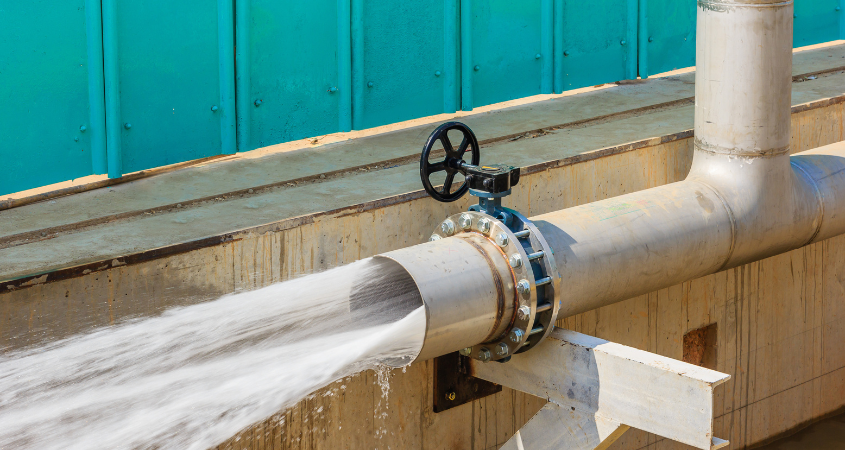
Water quality assessment is necessary to safeguard our water resources. Let’s explore the fundamental parameters for assessing water quality and understand why they form the bedrock of sustainable water management.
The pH of water, reflecting its acidity or alkalinity, is a fundamental parameter with profound implications. Balanced pH is crucial for nutrient availability, microbial activity, and the overall health of aquatic ecosystems. Deviations from the optimal pH range can impact everything from aquatic life to the effectiveness of water treatment processes.
Electrical conductivity is a measure of water’s ability to conduct an electric current, offering insights into its mineral content. EC is a key parameter for assessing salinity levels. Elevated conductivity can indicate high salt concentrations, potentially affecting soil fertility and crop health in agricultural settings.
TDS measures the total concentration of dissolved substances in water, encompassing minerals, salts, and organic matter. Excessive TDS levels can affect water taste, harm aquatic life, and pose challenges in various industrial processes. Monitoring TDS is essential for ensuring water quality in both natural environments and human activities.

Crucial for aquatic organisms, dissolved oxygen measures the oxygen available in water. Insufficient oxygen levels can lead to hypoxia, negatively impacting fish and other aquatic life. DO is a critical parameter for evaluating water quality, particularly in bodies of water that support diverse ecosystems.
Nitrogen and phosphorus are essential nutrients for plant growth, but their excessive presence in water bodies can lead to nutrient pollution, causing harmful algal blooms and disrupting ecosystems. Monitoring nutrient content levels is paramount for preventing water quality degradation and protecting water resources.
Microbial indicators, such as coliforms and E. coli, provide insights into water contamination and the potential presence of pathogens. Monitoring these indicators is vital for ensuring the safety of water supplies for domestic use, recreation, and agriculture.
Turbidity measures the cloudiness or haziness of water caused by suspended particles. Excessive turbidity can impact light penetration, disrupting aquatic ecosystems. In the context of water treatment, turbidity is a critical parameter as it can affect the efficiency of filtration processes.
Understanding and regularly monitoring these parameters empower us to make informed decisions about water quality management. By embracing a holistic approach to water assessment, we can safeguard this invaluable resource for current and future generations.
Your safety, our priority
#WaterIsLife #WaterManagement #WaterConservation
Order our services and get to know how to improve your soil for better yeilds.